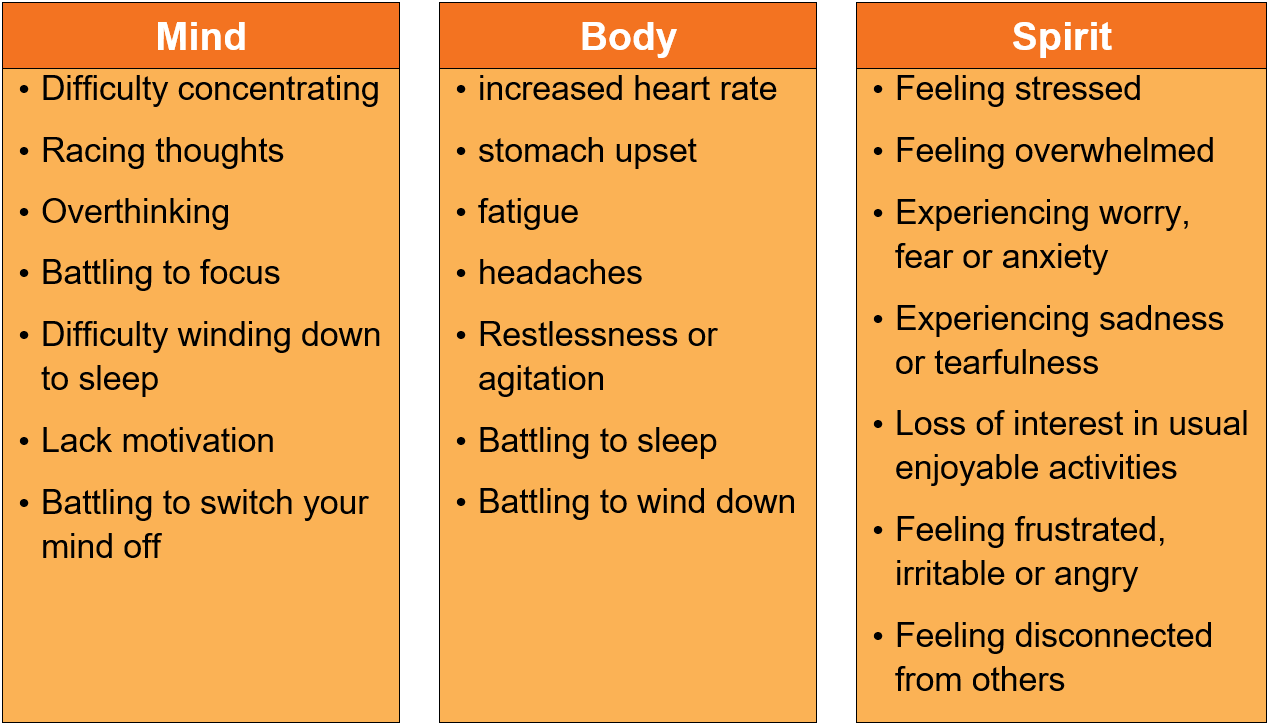How to retrain your brain in times of strain!
The way we see and experience the world is hugely determined by our thoughts.
As many of us spend more time at home, and less time interacting with co-workers, friends, teammates and families, our thoughts can increase in volume, intensity and influence. In some ways, this can be great! Less distractions and more time means we can follow through with projects we have had on our to do list for far too long….the art experiment; cooking venture or DIY project we’ve been putting off. Maybe it leads you to finally start learning a new language, spending more time with your kids, or Mari-Kondo-ing your wardrobe. Our thoughts can be motivating and helpful.…except for when they aren’t.
You can find more helpful thinking examples here at https://www.psychologytools.com/resource/unhelpful-thinking-styles/
Almost everyone can relate to one or more of the common unhelpful thinking styles. We live in a busy and complex world and our brains work very hard to help us manage problems, and sometimes we need a little bit of help to choose more productive strategies. Challenging unhelpful thinking styles and shifting to more positive and productive thoughts is known as Cognitive Restructuring, and it’s something absolutely everyone can practice.
Here a some simple steps to get you started:
1. Hit the pause button
The best time to use Cognitive Restructuring is when you’re having a strong negative emotional response to something. Instead of reacting straight away, pause and ask yourself, ‘what’s going on here?’
2. Identify the trigger
Once you have paused, think about what just happened that triggered that strong emotion. Maybe it was external: someone made a sarcastic comment, a car cuts you off, a family member used the last of the milk – or internal: a memory of a deceased loved one, or you realise you forgot to do something important. Identify and focus on the trigger for a moment.
3. Notice your automatic thoughts
Automatic thoughts are our initial interpretation of what happens to us. if someone cuts you off while driving your initial thought might be “what a jerk!”. If you receive a call from your child’s school your initial thought might be “oh no, they must be hurt!” If you skipped your gym session your initial thought might be “I suck at exercising, and want to quit!”
We have automatic thoughts all the time and usually we don’t notice them. Take a second to listen.
4. Identify your emotional reaction and notice how intense it is.
Our automatic thoughts generate an emotional response, which can range in type and intensity. Being cut off and thinking “What a jerk” may generate a feeling of anger. Or, if your initial thought is “Oh my goodness, he almost hit me, I could have died!” you might be experiencing a high level of fear or anxiety.
Mentally note the emotion and how intense it is on a scale of 1-10. You may find there are times that more than one emotion is present.
5. Generate alternative thoughts.
Once you’ve identified a trigger, noticed the automatic thought and recognised your emotional reaction, the next step is to come up with an alternative thought. Instead of “I suck at exercising, and want to quit!” you might say something like “I guess today was a rest day, and I’ll try again tomorrow”, or “it’s ok that other things took priority today”, or “I find it hard to exercise at home”.
The important thing is to be flexible and come up with more interpretations than your automatic thought. Practicing creates mental flexibility which helps us break away from unhelpful thinking styles and the overwhelming emotion that comes with them.
6. Re-rate the intensity of your emotional response
Go back to the emotion/s you identified in step 4 and reassess their intensity. Almost always, they will have gone down after challenging your automatic thoughts and generating some alternatives. Notice how the negative emotion decreases… and use this as motivation to continue practicing your new skill.

